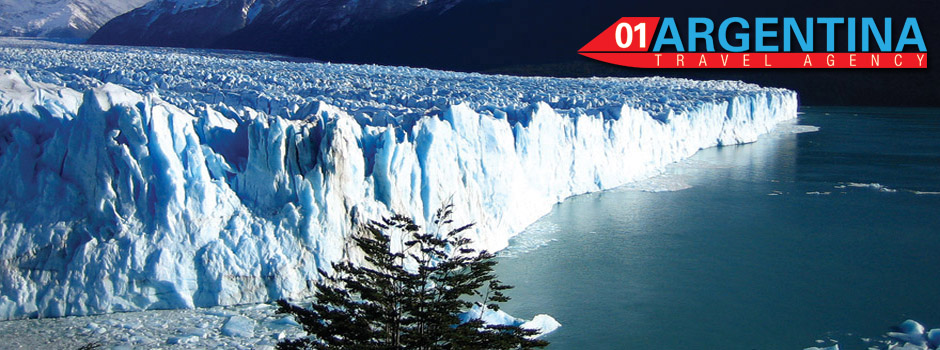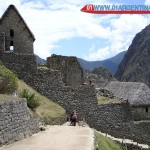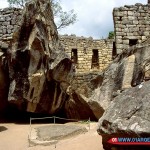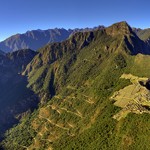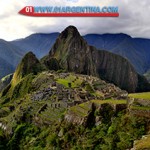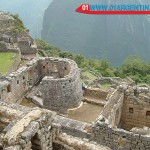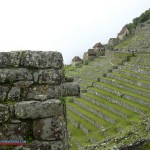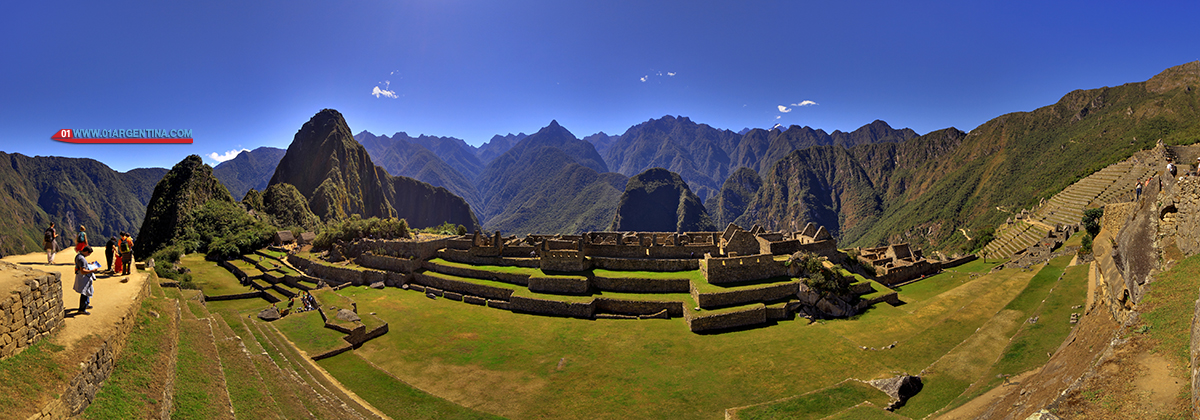
Machu Picchu is an Inca city surrounded by temples, terraces and water canals, built on top of a mountain. Its construction was built with large stone blocks connected together without the use of amalgam. It is now considered cultural heritage of humanity to be recognized as an important political, religious and administrative center of the Inca period.
The Lost City of the Incas, Machu Picchu is without doubt the symbol of the Inca civilization. The royal path that carried pilgrims and authorized officers of the empire to the sacred city is the “Inca Trail” as we know it today.
The tour of this Andean path is an unforgettable experience. The road is paved with stone blocks and has stairs, tunnels and wooden bridges that cross rivers, temperate valleys, warm cloud forests and cold highlands. All this together makes the visitor meditate about the intellect and spiritual grandeur of Andean man whose highest achievement was the Inca civilization.
The Inca Trail to Machu Picchu is part of a system of more than 30,000 kilometers of roads that integrated the vast empire of Tahuantinsuyo from southern Colombia to central Chile passing through Quito, Ecuador; Cajamarca, Huanuco, Jauja, Huamanga and Cusco in Peru; La Paz and Cochabamba in Bolivia to Salta and Tucuman in Argentina. These routes ran mostly along the coast and the mountains and in some cases reached the Amazon rainforest such as the Inca Trail to Machu Picchu.
On this site you find information about our itineraries and tour packages, useful information for the trip, and a full gallery of photos sorted by date.
Machu Picchu is considered both a masterpiece of architecture and engineering. Its unique architectural and landscape features, and the veil of mystery that has woven around much of the literature published on the site, have become one of the most popular tourist destinations on the planet.
Machu Picchu is on the List of World Heritage of Unesco since 1983 as part of a whole set cultural and ecological known as the Historic Sanctuary of Machu Picchu. On July 7, 2007 Machu Picchu was declared one of the new seven wonders of the modern world in a ceremony in Lisbon, Portugal, which was attended by one hundred million voters worldwide
Pathway of access
The archaeological site is accessible either from the Inca roads leading to it, or using the road Hiram Bingham (ascending the slope of the hill Machu Picchu from the train station of Puente Ruinas, located at the bottom of the barrel). None of the two forms exempts the visitor admission price to the ruins.
That road, however, is not integrated into the national road network in Peru. Born in the village of Aguas Calientes, which in turn can only be accessed by rail (about three hours from Cusco) or helicopter (30 minutes from Cusco). The absence of a direct road to the sanctuary of Machu Picchu is intentional and allows to control the flow of visitors to the area, which, given its nature of national reserve, is particularly sensitive to the crowds. This, however, has not prevented the disorderly growth (criticized by the cultural authorities) of Aguas Calientes, who lives for and by tourism, as there are hotels and restaurants of different categories in this place.
Formerly to reach Machu Picchu by the main Inca road should do a walk of about three days. This requires taking a train or railcar until km 82 of the railway from Cuzco to Aguas Calientes, from where the walking tour. Some visitors take a local bus from Cuzco to Ollantaytambo (via Urubamba) and then take a shuttle to the mentioned km 82. Once there cross the railroad tracks to cover the 32 km to Aguas Calientes there. Currently, buses reach the Hydroelectric located 9 km from Aguas Calientes, which are walking about three hours, which is the same path that makes the train.
Weather
The weather is warm and humid during the day and cool at night. The temperature ranges between 12 and 24 degrees Celsius. The area in general is very rainy, especially between November and March. The rains, which are copious, rapidly alternating with moments of intense sunshine.
Hydraulic engineering and soil
A stone city built on top of a “isthmus” between two mountains and two geological faults, in a region subject to constant earthquakes and, above all, to heavy rains throughout the year is a challenge for any constructor: to avoid all the complex crumbles. According to Alfredo Valencia and Keneth Wright “the secret of longevity of Machu Picchu is its drainage system.” Indeed the ground of their areas not roofed is provided with a drainage system consisting of layers of gravel (crushed stones) and rocks to prevent ponding of rain water. 129 drainage channels extend throughout the urban area, designed to avoid splashes and erosion, ending mostly in the “moat” separating the urban area of agriculture, which was actually the main drain of the city. It is estimated that sixty percent of the constructive effort of Machu Picchu was in making foundations on terraces filled with gravel for good drainage of excess water.
